If your summer daydreams are battling against your bank account – especially with a Trade War raging and the dollar falling against almost everything out there, don’t worry—we’ve found places where your money still goes further, the food is absolutely worth it, and the local experiences hit harder than tourist-packed mega cities.
Really, these are the places you want to go anyway.
1. Portugal’s Alentejo Region – Skip Lisbon, Find the Real Magic
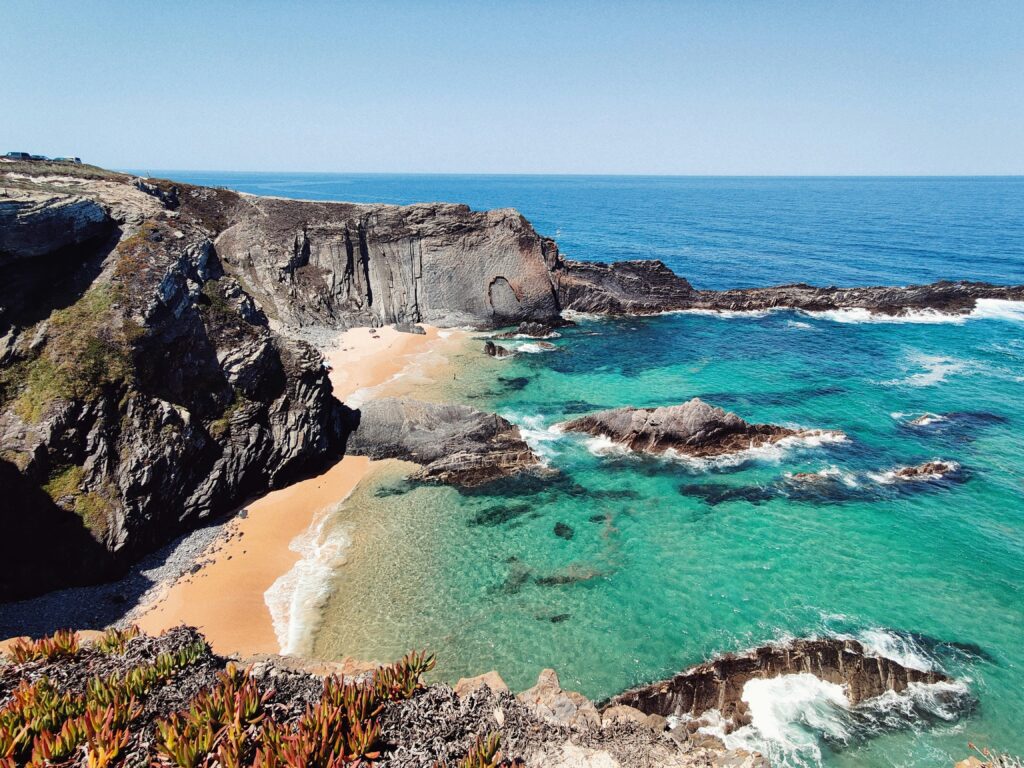
Why It’s Affordable:
Alentejo is where Portugal slows down and invites you to do the same. While most summer travelers are busy packing into Lisbon and Porto, Alentejo stretches out under endless blue skies with golden plains, olive groves, and whitewashed villages perched on quiet hilltops.
In towns like Évora, you’ll wander Roman ruins and step inside the haunting Chapel of Bones, while tiny medieval villages like Monsaraz offer castle walls and panoramic sunsets over the vast Alqueva Lake. Along the coast, the Costa Vicentina feels raw and untouched, with wild beaches and fishing villages like Vila Nova de Milfontes serving fresh seafood straight from the boats. The Rota Vicentina coastal trail winds through this dramatic landscape, offering unforgettable views and quiet guesthouses along the way.
What makes Alentejo unforgettable isn’t just the landscape, but the way it wraps you in its traditions. You’ll sip wines made using ancient Roman techniques in clay pots, and share rustic meals of açorda alentejana—a garlicky bread soup topped with a poached egg—and rich, flavorful black pork raised on acorns. Nights fall under skies so clear they’ve been designated a Dark Sky Reserve, where the Milky Way lights up the horizon and silence settles in like an old friend. In Alentejo, time feels different—days stretch long, meals linger, and before you know it, you’re planning how to stay just a little longer.
Where to Stay:
Évora: A UNESCO World Heritage town with its Roman temple and eerie Chapel of Bones.
Vila Nova de Milfontes: A coastal town that’s pure laid-back bliss.
Food You’ll Dream About:
Açorda Alentejana: A rustic bread soup with garlic and poached eggs.
Black Pork (Porco Preto): Find a family-run tasca and order this juicy, flavorful specialty.
Solo Travel Tip:
Hop on regional buses and get lost in the countryside—locals are incredibly welcoming, and small guesthouses are super affordable.
2. Greece’s Peloponnese – Mythology and Empty Beaches

Why It’s Affordable:
Summer in Mykonos and Santorini? Skip them. The Peloponnese is half the price, double the authenticity, and you’ll actually meet Greeks instead of Instagram influencers.
This is where myth, history, and culture overlap in a way that feels tangible the moment you set foot there. It’s the homeland of legendary heroes like Hercules and Helen of Troy, and the backdrop for epic tales from Homer’s Iliad and Odyssey. Ancient cities like Mycenae, with its lion gates and royal tombs, and Sparta, the birthplace of warrior culture, shaped ideals of heroism and governance that still echo today.
But it’s not just about the distant past. The Peloponnese played a crucial role in Greece’s fight for independence in the 19th century, particularly in places like Nafplio, which briefly served as the country’s first capital. Even now, the region holds tight to its traditions—from olive oil and wine-making techniques passed down through generations to religious festivals and folk dances that celebrate community and resilience. Walk through its mountain villages and coastal towns, and you’ll find that history isn’t locked behind museum glass—it’s alive in the stone houses, the local dishes, and the stories told over glasses of tsipouro under the setting sun.
Where to Stay:
Nafplio: One of the most romantic old towns in Greece—affordable seaside stays.
Mani Peninsula: Stone villages and wild beaches that feel like a movie set.
Food That Hits Hard:
Kalamata Olives at the Source: Hit the Saturday market in Kalamata itself.
Seafood Taverns in Limeni: Fresh octopus grilled right on the beach.
Solo Travel Tip:
Rent a scooter and roam the Mani Peninsula’s cliffside roads. Just bring cash—ATMs are rare in these tiny villages.
3. Mexico’s Oaxaca – Culture, Mezcal, and Markets
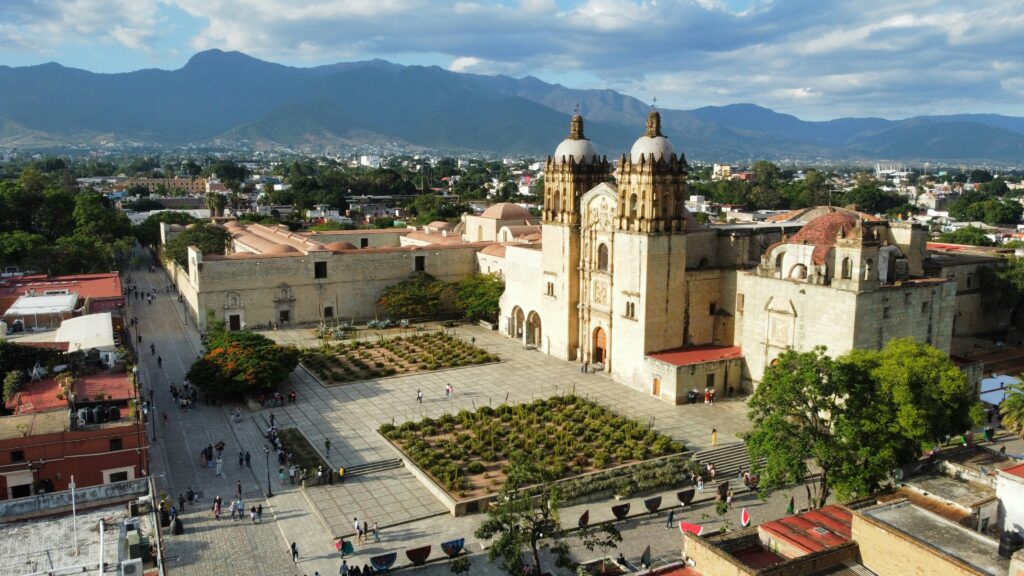
Why It’s Affordable:
Oaxaca is still one of the best cultural deep-dives you can have without breaking the bank. Street food is king here, and boutique hostels cost less than a night out back home.
Long before the Spanish arrived, the region was home to powerful indigenous groups like the Zapotecs and Mixtecs, who built monumental cities such as Monte Albán and Mitla. Monte Albán, perched high above the Oaxaca Valley, served as a political and religious center for over a thousand years and remains one of Mesoamerica’s most impressive archaeological sites. These early societies developed complex writing systems, astronomy, and art traditions that still influence Oaxacan culture today.
With the arrival of the Spanish in the 16th century, Oaxaca became a strategic colonial stronghold, blending European and indigenous traditions in everything from architecture to cuisine. Despite centuries of colonial rule, Oaxaca’s indigenous communities fiercely preserved their languages, crafts, and customs. This resilience is why Oaxaca remains one of Mexico’s most culturally vibrant regions, known for its colorful textiles, intricate wood carvings, vibrant festivals like Guelaguetza, and culinary treasures such as mole and mezcal. In many ways, Oaxaca stands as a testament to the survival and celebration of indigenous identity amidst the tides of history.
While other parts of Mexico might be sweltering or stormy, Oaxaca enjoys relatively mild weather thanks to its mountain setting. But the real reason to go in summer? Two words: Guelaguetza Festival.
Held every July, Guelaguetza is one of the most vibrant and authentic cultural festivals in all of Latin America. Indigenous communities from across the state gather in Oaxaca City dressed in stunning traditional clothing, performing ancient dances and sharing their music, crafts, and regional foods. It’s a living, breathing showcase of Oaxaca’s rich cultural diversity—and you don’t have to just watch from the sidelines; you’ll find street parades, pop-up markets, mezcal tastings, and community feasts where visitors are welcomed like family.
Where to Stay:
Barrio de Xochimilco: Stay in this artsy neighborhood for a local vibe.
Puerto Escondido (if you want beaches too): Surf town energy with budget-friendly beach cabanas.
Must-Try Eats:
Tlayudas: Think of it as a Mexican pizza—crispy, smoky, and life-changing.
Mole Negro: Find a grandmother-run kitchen, and you’ll never think of sauce the same way again.
Solo Travel Tip:
Take a cooking class or a mezcal tour—instant way to make travel friends.
4. Montenegro – Europe’s Last Affordable Riviera
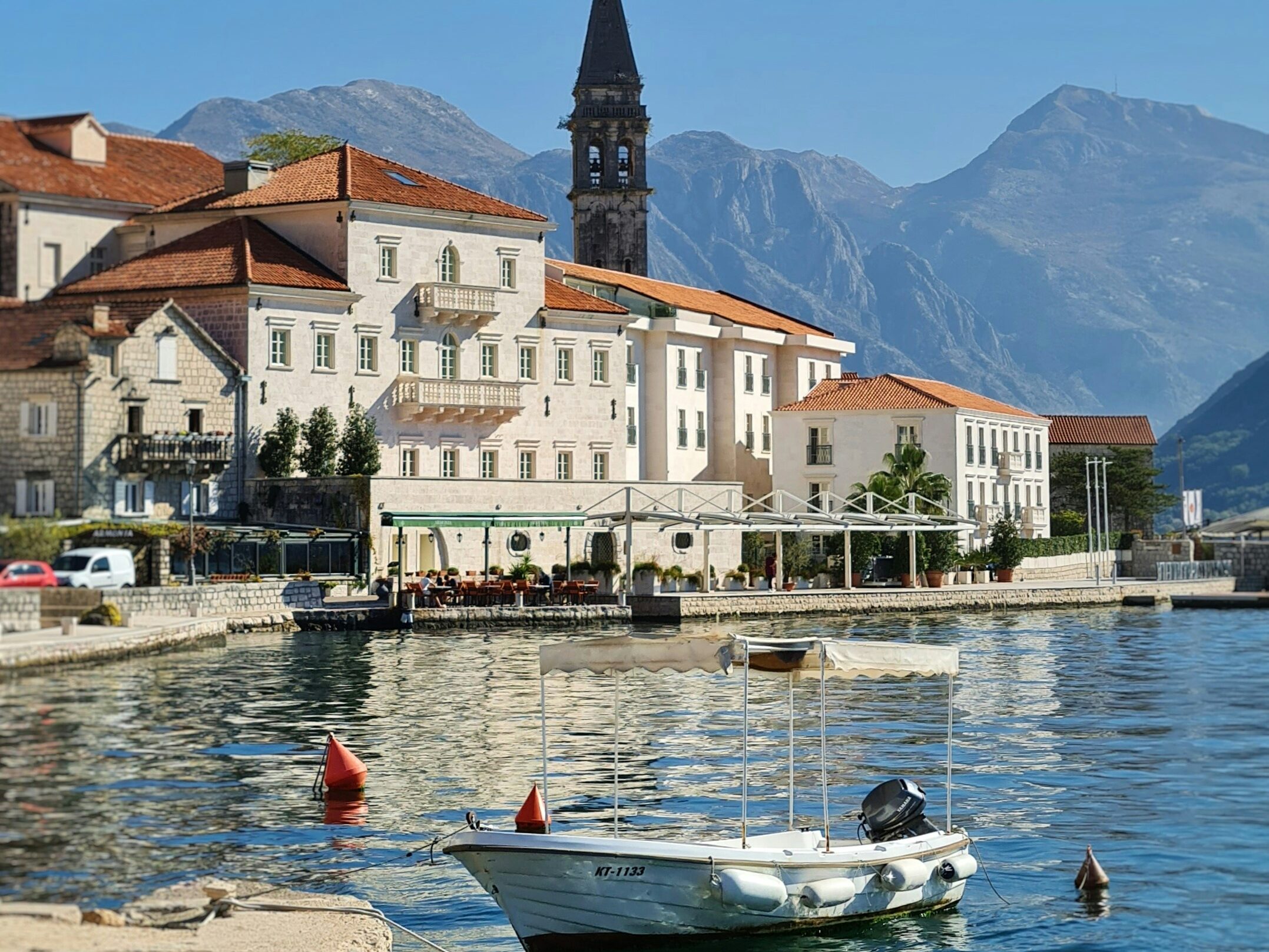
Why It’s Affordable:
Montenegro gives you those Adriatic Sea views without the Dubrovnik prices. It’s rugged, dramatic, and surprisingly under-the-radar.
Montenegro is that perfect summer escape for travelers who want stunning landscapes without the crowds or eye-watering prices. While the big-name spots on the Adriatic—like Croatia’s Dalmatian Coast—are packed and pricey by July, Montenegro still feels raw and wonderfully undiscovered. Its coastline offers the same crystal-clear waters and dramatic cliffs, but with quieter beaches and charming old towns like Kotor and Perast where you can actually hear church bells instead of just camera shutters.
You can swim in hidden coves one day and be hiking in the rugged Durmitor Mountains the next, all without burning through your entire travel budget.
What makes Montenegro really shine in summer is how compact and easy it is to explore. You can go from sipping coffee in a Venetian-style plaza to white-water rafting in the Tara River Canyon, one of the deepest in the world, all within a day. The local food is fresh and hearty—grilled seafood on the coast, slow-cooked lamb in the mountains—and you’re never far from a family-run konoba (tavern) pouring homemade wine or rakija. Summer nights are lively but never overwhelming; think sunset strolls along Kotor Bay and open-air music festivals under the stars. It’s the kind of place where summer feels simple and unforgettable, exactly how it should.
Where to Stay:
Kotor Old Town: Medieval charm without the price tag of Croatia.
Perast: A tiny Venetian village where you can stay in old stone houses for a steal.
Food That Feels Like a Secret:
Njeguški Pršut (Montenegrin Prosciutto): Head to the village of Njeguši and try it fresh.
Sea-to-Table Mussels: Grab a cheap boat taxi to a floating mussel farm on Kotor Bay.
Solo Travel Tip:
Hike the Ladder of Kotor for panoramic views—start early before the sun punishes you.
5. Philippines’ Siquijor Island – The Island of Mystics and Waterfalls

Why It’s Affordable:
Philippines flights can be the big spend, but once you’re there, it’s all cheap transport and beautiful beach huts. Summer on Siquijor is less crowded and more magical than Cebu or Palawan.
The cultural identity of Siquijor Island is a fascinating blend of mysticism, Spanish colonial heritage, and deep-rooted Visayan traditions. Known throughout the Philippines as the “Island of Fire” (Isla del Fuego), a name given by early Spanish explorers who saw the island’s coastline glowing with swarms of fireflies, Siquijor has long been shrouded in an air of mystery. It’s famous for its folk healing practices, mystical rituals, and stories of shamans known as mananambal, who practice traditional medicine and spiritual healing.
Even today, the island’s annual Healing Festival during Holy Week draws people seeking herbal remedies, love potions, and protection charms crafted from ancient recipes.
Despite its mystical reputation, or maybe because of it, Siquijor also embodies the warm hospitality and laid-back lifestyle typical of the Visayas. Spanish colonial churches like the St. Isidore de Labrador Church in Lazi stand as reminders of the island’s Catholic influence, often blending with older animist beliefs in everyday life. Locals live close to the land and sea, celebrating simple joys through community gatherings, vibrant fiestas, and traditional music and dance. On Siquijor, magic and faith exist side by side—whether you’re visiting a local healer, exploring waterfalls believed to hold spiritual energy, or joining a lively beach gathering at sunset, you’ll feel that sense of enchantment woven into everyday life.
Where to Stay:
San Juan: Affordable beachfront guesthouses and sunset bars.
Larena: Stay inland to save even more and experience rural life.
Food Adventures:
Kinilaw: Filipino-style ceviche—bright, citrusy, and perfect in the heat.
Halo-Halo: The ultimate Filipino dessert mashup. Track down a local market for this.
Check out Cerca’s article on the best things to eat in the Philippines so you don’t miss any of the amazing flavors on these islands.
Solo Travel Tip:
Locals love sharing stories about the island’s mystic healers—don’t be shy about asking around.
6. Turkey’s Aegean Coast – The Alternative to the Overdone Istanbul Trip

Why It’s Affordable:
Turkey’s currency fluctuations mean your dollars stretch far right now. Head west for small towns, ancient ruins, and beaches that haven’t been Instagrammed to death – it’s a wonderful escape from the city for summer by the sea.
The Aegean Coast of Turkey is where ancient history, stunning natural beauty, and laid-back Mediterranean living all collide—but with a distinctly Turkish twist that sets it apart from its Greek neighbors just across the water. This stretch of coastline is home to some of the world’s most significant archaeological sites, like the legendary city of Troy, the ancient healing center of Pergamon, and the remarkably well-preserved ruins of Ephesus, where you can literally walk the same marble streets as Romans did two thousand years ago. But what makes the region truly unique is how seamlessly this deep history blends with modern coastal life.
Unlike the high-energy resort towns on Turkey’s southern coast, the Aegean has a slower, more soulful vibe. You’ll find charming stone villages like Alaçatı, known for its bougainvillea-draped houses and windmills, and Ayvalık, where Greek and Turkish cultures intertwine in the food and architecture. Olive groves roll down to crystal-clear waters, and instead of flashy nightlife, evenings are spent lingering over fresh seafood and glasses of rakı at a seaside meyhane.
There’s a bohemian spirit here too—surf culture thrives in Alaçatı, and tucked-away beaches like those on the Datça Peninsula feel untouched and wild. It’s the kind of place where you can swim in the morning, explore ancient ruins in the afternoon, and spend the evening watching the sun dip into the Aegean while the scent of grilled octopus drifts through the air.
Where to Stay:
Ayvalık: An old olive oil town with Greek-style houses and uncrowded beaches.
Datça Peninsula: Remote and beautiful—stay in a stone cottage overlooking the sea.
What to Eat (Prepare for Obsession):
Gözleme: Fresh Turkish flatbreads stuffed with spinach and cheese, sold by grandmas at roadside stands.
Seafood at a Meyhane: Go for raki and small plates; it’s like Turkish tapas night.
Solo Travel Tip:
Buses and minibusses (dolmuş) make it easy and cheap to hop between towns—even better, you’ll meet locals on every ride.
7. Georgia (the Country, Not the State) – Mountains, Wine, and Hospitality
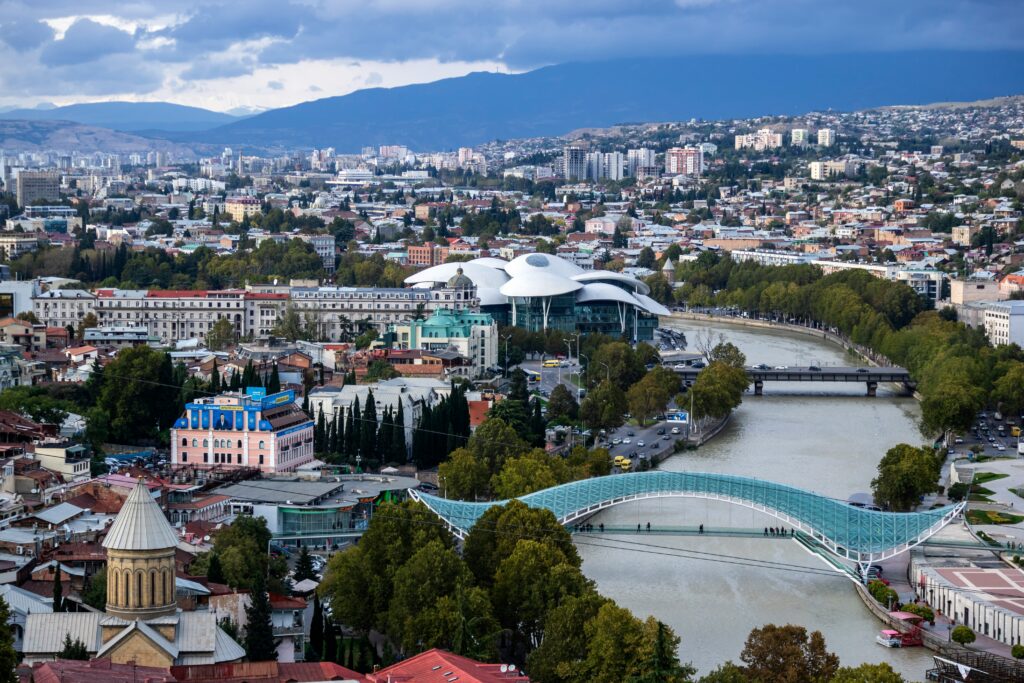
Why It’s Affordable:
We love Tbilisi around here. It’s is one of the most budget-friendly capital cities in Europe, and the countryside? Even cheaper. Plus, they basically invented wine here.
Stroll through the Old Town (Dzveli Tbilisi) and you’ll see Persian-influenced bathhouses, crumbling yet beautiful wooden balconies, Soviet-era mosaics, and ultra-modern glass structures like the Bridge of Peace. Despite centuries of invasions and empires, Tbilisi has always retained its own identity—proud, wildly hospitable, and just a little rebellious. While other European capital cities are overrun during summer, this might be the best hidden gem of them all.
Tbilisi also make’s Cerca’s list of the best cities to visit if you can work remotely!
Hidden Gems to Explore:
Abanotubani District: While the sulfur baths are well-known, venture into the back alleys and find hidden, historic domed bathhouses where locals still go for traditional rituals.
Fabrika: A converted Soviet sewing factory turned creative hub. It’s a hostel, but also a hotspot for local art, live music, and some of the city’s best cafés and bars. Great for solo travelers looking to meet people.
Betlemi Quarter: Wander uphill behind the Old Town to this lesser-visited area where beautifully restored balconies sit beside buildings still gracefully decaying—perfect for photography and quiet exploration.
Chronicle of Georgia: A massive, almost brutalist monument on a hill overlooking the city, telling the country’s history in towering stone reliefs. Few tourists make it out here, but the view is spectacular and the vibe is pure legend.
Wine Cellars in the Basement of Houses: Knock on the right doors in the Old Town and you’ll find family-run wine cellars where you can taste homemade qvevri wines fermented in ancient clay pots—this is winemaking the way it’s been done for 8,000 years.
In Tbilisi, the best moments happen when you least expect them—over a long supra (Georgian feast) filled with endless toasts, or wandering into a courtyard and finding a hidden café with live folk music. It’s gritty, it’s beautiful, and it’s absolutely unforgettable.
Where to Stay:
Tbilisi’s Old Town: Affordable boutique hostels in centuries-old buildings.
Sighnaghi in Kakheti Wine Region: Rolling hills, cobbled streets, and wine cellars everywhere.
Food that Feels Like a Hug:
Khachapuri: That famous boat-shaped bread filled with melted cheese and a runny egg.
Khinkali: Juicy dumplings that are basically a meal and a challenge in one (don’t spill the broth!).
Solo Travel Tip:
Georgians are famously hospitable—don’t be surprised if you’re invited to a family supra (feast). Just pace yourself with the toasts.
8. Guatemala’s Lake Atitlán – Volcano Views Without the Price Tag

Why It’s Affordable:
You’re paying lakefront hostel prices that would barely cover a coffee during summer in Lake Como. Each village around the lake has its own vibe, so you can mix it up.
Sitting high in the Guatemalan Highlands at over 5,000 feet, it’s often called one of the most beautiful lakes in the world—and for good reason. Picture glassy blue waters ringed by towering volcanoes like Volcán San Pedro, Atitlán, and Tolimán, with tiny, colorful villages dotting the shore, each with its own unique vibe and traditions.
The magic of Lake Atitlán is how wildly different each village feels. San Marcos La Laguna is the spiritual and wellness hub, filled with yoga retreats, meditation centers, and vegan cafés—perfect for solo travelers looking to reset. Across the lake, San Pedro La Laguna brings the social, backpacker energy, with affordable hostels and a lively café and nightlife scene. Santiago Atitlán is the heart of indigenous culture, where you can visit the revered local deity Maximón, a cigar-smoking folk saint housed in a different local’s home each year.
Meanwhile, Santa Cruz La Laguna is beautifully isolated and only accessible by boat, offering peaceful lakeside escapes with epic views.
Culture here runs deep. The indigenous Tz’utujil and Kaqchikel Maya communities still preserve their languages, colorful weaving traditions, and spiritual ceremonies. Markets burst with handwoven textiles, and every village has its own version of traditional dress. Beyond the cultural pull, Lake Atitlán is a playground for adventure—hike up Indian Nose for one of the most legendary sunrises you’ll ever witness, kayak across the still waters at dawn, or simply hop between villages by boat, each ride offering a new angle on the lake’s surreal beauty.
Where to Stay:
San Marcos La Laguna: Spiritual and yoga retreats—great for solo reflection.
San Pedro: More lively, backpacker-friendly with a social scene.
Food You’ll Remember:
Pepián: Guatemala’s national stew—rich, spiced, and perfect after a lake swim.
Street Tamales: Wrapped in banana leaves and sold fresh every morning.
Solo Travel Tip:
Take a sunrise hike up Indian Nose for epic views over the lake—guides are inexpensive and it’s a great way to meet fellow travelers.
9. Morocco’s Essaouira – Coastal Calm Without the Marrakesh Madness
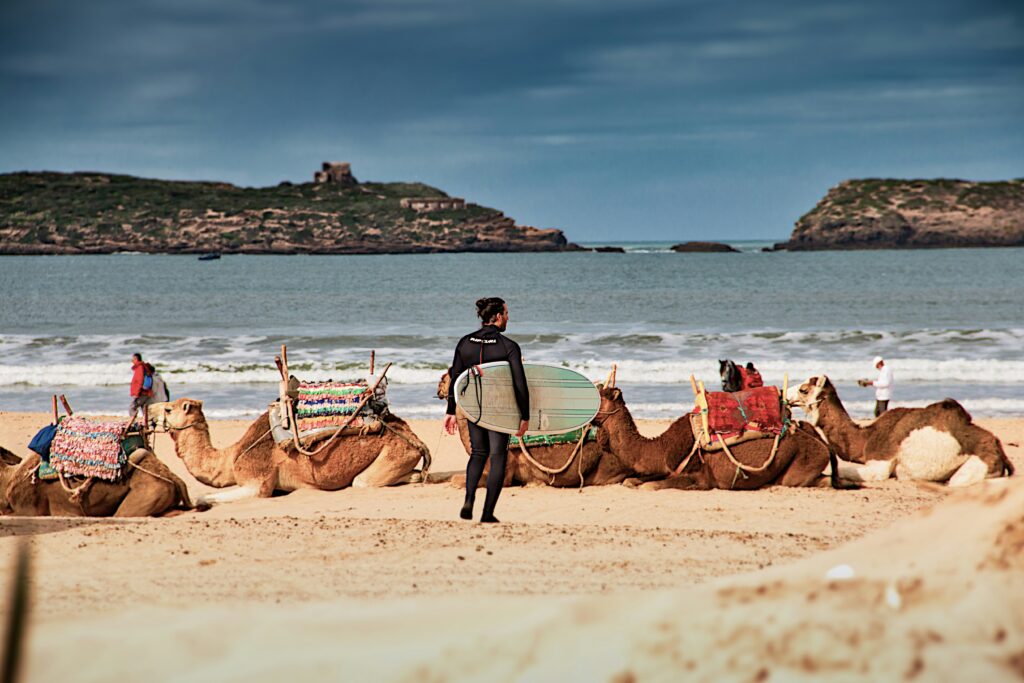
Why It’s Affordable:
This little port town on the Atlantic is relaxed, less touristy, and significantly cheaper than Morocco’s big cities.
Sitting right on the Atlantic, it has a constant cool breeze—locals call it the “Alizee”—which means even at the height of summer, you’re comfortable wandering its sun-soaked streets while Marrakesh is baking at 100°F. It’s a city that feels both laid-back and full of life, with a walkable UNESCO-listed medina that’s more relaxed and less pushy than the famous souks of Marrakesh or Fes.
Essaouira’s charm is all about balance. You can spend the morning wandering the narrow blue-and-white alleyways, browsing artisan wood workshops and vibrant spice stalls, then head straight to the breezy port for a plate of just-grilled sardines pulled fresh from the Atlantic. The town’s beaches are wide and windswept, perfect for kitesurfing or just sprawling out with a good book and watching the colorful fishing boats bob in the water. And when the sun starts to dip, there’s nothing better than sipping mint tea on a rooftop terrace as seagulls wheel overhead and the call to prayer echoes softly across the city.
At night, the energy shifts to Essaouira’s artsy side. This place has long attracted musicians, painters, and dreamers—Jimi Hendrix famously hung out here in the ’60s—and you’ll often stumble on impromptu Gnawa music performances in the squares or tucked-away cafes. It’s the kind of summer destination where you can do as much or as little as you want, and either way, you’ll leave feeling like you actually experienced something real, not just checked off another tourist box.
Where to Stay:
Inside the Medina: Affordable riads with rooftop terraces.
Diabat: A tiny village just outside the city, famous for its camel rides on the beach.
Eat Like a Local:
Grilled Sardines at the Port: Fresh-caught and grilled right in front of you.
Harira Soup: A rich, spiced soup that’s comforting and cheap. Be careful and ask them to go easy on the heat if you have gringo sensibilities for spice!
Solo Travel Tip:
Take a local cooking class—you’ll eat better than any restaurant and leave with a new skill.
10. Colombia’s Coffee Triangle – Lush Valleys and Cheap Living

Why It’s Affordable:
The dollar is strong, and this region is built for slow travel. Summer brings rolling green hills, coffee plantations, and charming colonial towns for a fraction of Cartagena’s prices.
Colombia’s Coffee Triangle (Eje Cafetero) gets its name because it forms a rough geographic triangle between the three main coffee-producing cities of Armenia, Pereira, and Manizales. But it’s not just about the shape—it’s about the legacy. This region is the heart and soul of Colombia’s coffee industry, producing some of the finest Arabica beans in the world. The landscape is a patchwork of lush green valleys, mist-covered mountains, and rolling coffee plantations that stretch as far as the eye can see.
It’s also where the country’s coffee culture isn’t just an export—it’s a way of life. Families have been cultivating these lands for generations, and you’ll still find small, family-run fincas (coffee farms) where every step of the coffee-making process is done by hand, often using techniques passed down for centuries. Visiting the Coffee Triangle isn’t just a scenic experience—it’s a deep dive into the traditions, flavors, and proud heritage of the people who keep Colombia’s most famous export alive. And beyond the coffee? The region is home to iconic wax palm forests in the Cocora Valley, colorful colonial towns like Salento and Filandia, and a way of life that feels refreshingly slow and connected to the land.
Where to Stay:
Salento: Colorful streets and easy access to the Cocora Valley’s towering wax palms.
Filandia: Less touristy than Salento but just as beautiful.
Food That’ll Make You Stay Longer:
Arepas de Choclo: Sweet corn cakes filled with melted cheese.
Fresh Coffee at a Finca: Tour a local coffee farm and sip coffee grown right under your feet.
Solo Travel Tip:
Stay at a finca (coffee farm)—many offer budget rooms, and you’ll wake up to some of the best views (and coffee) of your life.
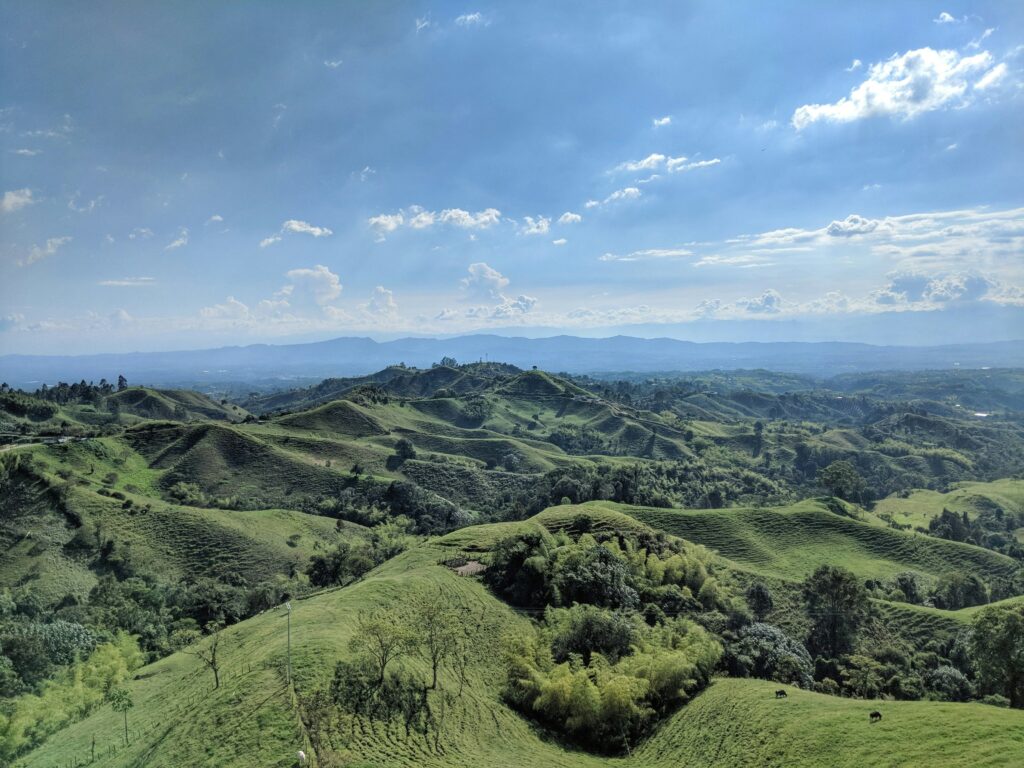
Summer is almost here. You don’t need a trust fund to make it unforgettable—just a bit of curiosity, a willingness to take the road less traveled, and maybe a slightly overstuffed backpack.
See you out there. 🌍✈️